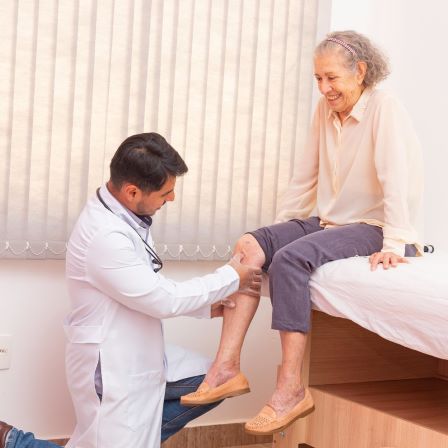Athletes who participate in contact sports such as soccer, football, and basketball are particularly susceptible to knee ligament injuries. The severity of a knee ligament injury is typically graded based on the extent of the damage.

The causes of ligament injuries can vary, but they are often the result of physical trauma or stress on the ligament. Some common causes of ligament injuries include sudden twists or impacts to the joint, overuse or repetitive strain on the ligament, and falls or accidents. In athletes, ligament injuries may occur during contact sports or as a result of improper technique or training. Other factors such as age, genetics, and certain medical conditions can also increase the risk of ligament injuries.
There are several methods for diagnosing knee ligament injuries. These may include:
Physical examination: Your doctor will examine your knee for any signs of swelling, tenderness, and instability.
Your doctor may use one or more of these methods to diagnose a knee ligament injury, depending on the severity and nature of the injury.
The complete repair of a torn ligament through surgery involves using a tissue graft from either another part of the patient's body or a donor to reconstruct the damaged ligament. The graft is fixed to the femur and tibia using metallic screws and gradually heals over a few months.
Arthroscopic knee ligament reconstruction is a minimally invasive surgical procedure that involves small incisions. An arthroscope is inserted into the knee joint through one of the incisions, providing clear images of the surgical area on a television monitor for the surgeon to view. Using small surgical instruments inserted through the other incisions around the knee, the surgeon performs the reconstruction guided by these images.
